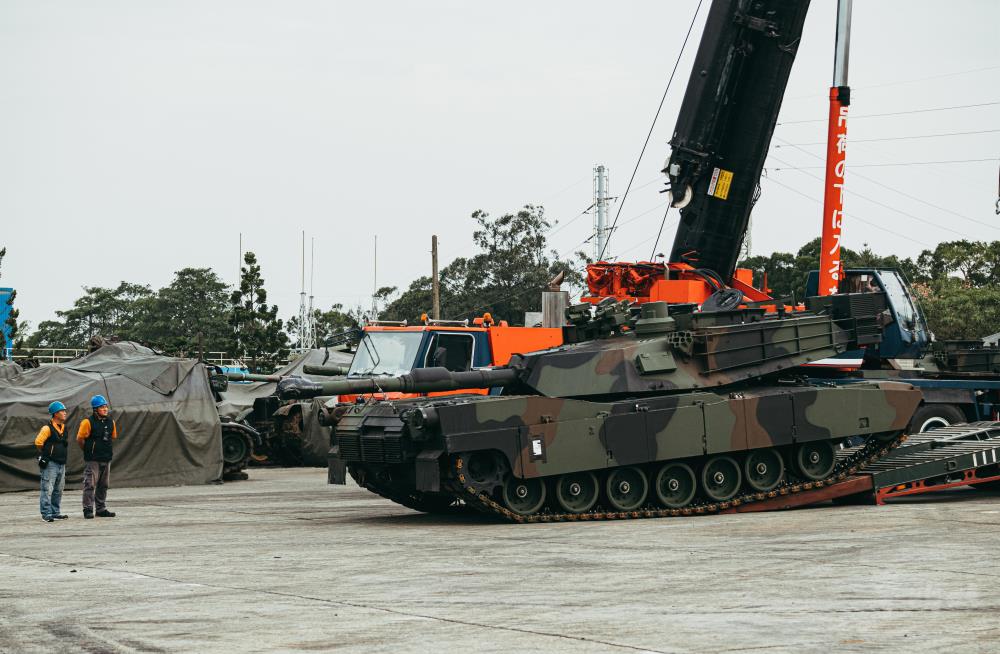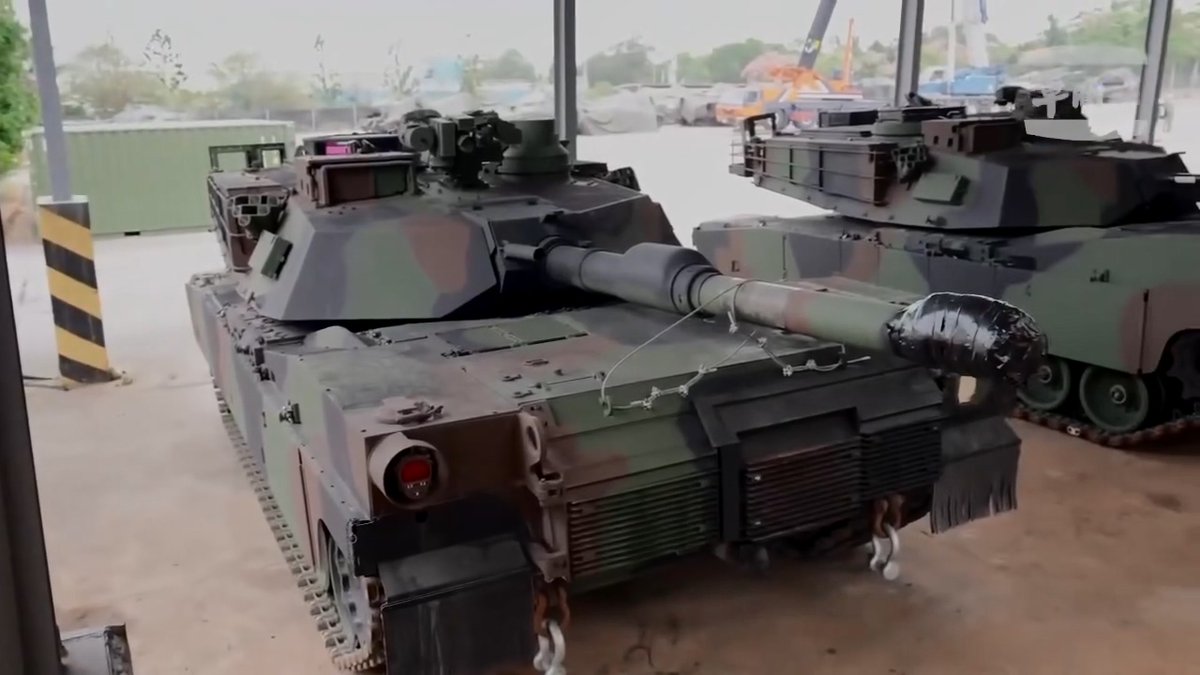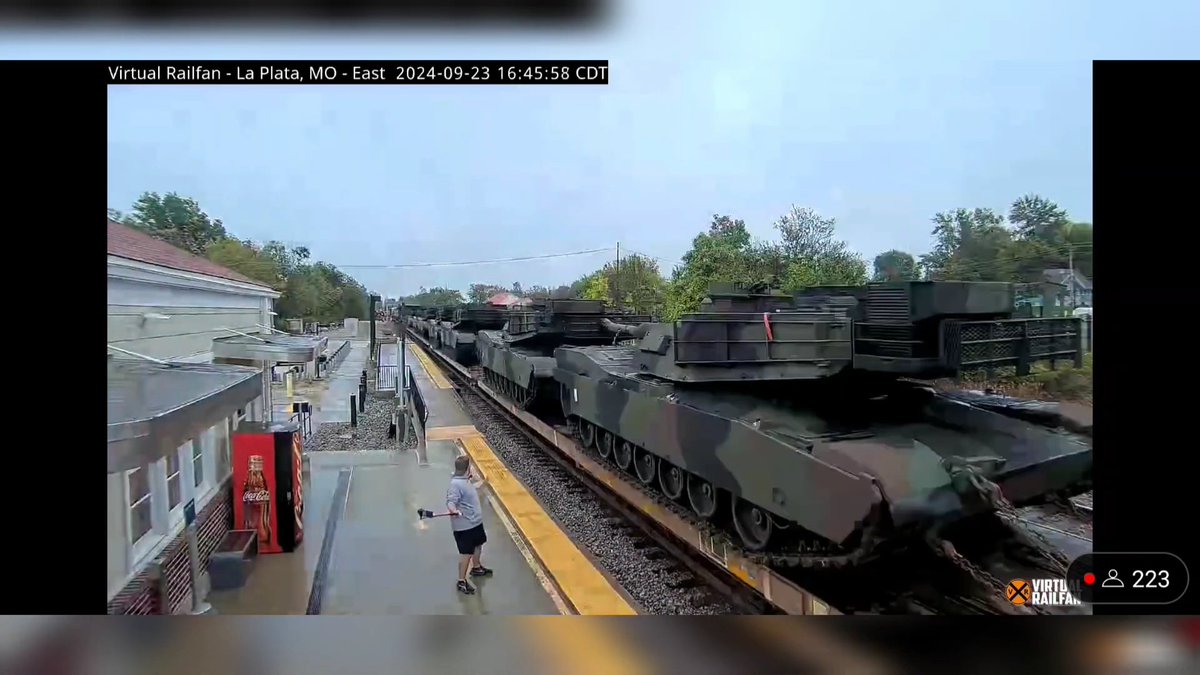First of all, what is the purpose of Mobile Protected Firepower? The MPF's purpose is to defeat targets that could compromise the effectiveness of the Infantry Brigade Combat Team. 

The MPF provides precision, long-range direct fire to support infantry maneuver while retaining freedom of action. The MPF has the range and lethality to reduce bunkers and hardened sites, allowing infantry freedom of maneuver. 



The MPF is capable of maneuvering with and directly supporting infantry so that commanders will immediately have necessary capabilities. The MPF provides the direct fire overmatch to brigade and battalion commanders in close combat, allowing IBCTs to maintain momentum. 



With the planned WayPoint shift towards division-centric operations in 2030, the Army will field an armor battalion at division-level. Each MPF armor battalion has three companies of 14 MPFs each, without additional MPFs in the HHC, for a total of 42 MPFs. 



MPF battalions are split up to reinforce each IBCT and Infantry Bn during combat operations. Additionally, depending on the commander's requirements or the nature of the task, combined-arms teams are able to be formed between two or more MPFs, an MPF and an up-armed HMMWV. 





In terms of vehicle's role, MPF is conceptually closer to an assault gun, or a tracked MGS with more armor. 

So what is the purpose of the ‘light tank’ in the US Army? Let's start with the M551 Sheridan and the M8 AGS. 



M551 Sheridan originally intended as a general purpose reconnaissance vehicle, hence the name ARAAV (Armored Reconnaissance/Airborne Assault Vehicle). But Sheridan was later employed more as a light tank. This is also confirmed by the names in many official documents. 



Sheridan tanks tend to perform more traditional cavalry functions, such as screening enemy positions, rapidly occupying and holding undefended or lightly defended ground, covering withdrawals, etc. 

After the reorganization of the ROAD division in the 60's, each division contained either an armored cavalry squadron. The armored cavalry squadron contained three ground troops and an air cavalry troop. Each ground troop has three armored cavalry platoon called H-series. 

In H-series, the platoon HQ and scout section consists of five M114/M113s. The rifle squad is transported in a M113 and supports the platoon as required. The light armor section consists of three Sheridans. The mortar squad is transported in the M106 mortar carrier. 

The 2nd ACR located in Europe, the Army designed a different structure for it at the platoon. The European modified armored cavalry platoon has the substitution of 3 Sheridans for 5 scout vehicles. This substitution provides an improved antiarmor capability for cavalry in Europe. 



With the continued threat in Europe as the focus for a full-scale war, there was the substitution of M60A1/A2 for M551 made throughout the 1970s, the emphasis on armored warfare required that the cavalry regiment incrementally improve equipment to meet the evolving Soviet threat. 

However, the US Army still retained Sheridans in the 82nd Airborne Division to be used as an airborne light tank. 

82nd Airborne Division has an airborne armor battalion at division level, the airborne armor battalion has three companies of 14 tanks each, with additional one M551 in the HHC, for a total of 43 Sheridans. 



Since the 1980s, the US Army had been developing the Armored Gun System (AGS), the centerpiece of Light Force Modernization in the 1990s. The AGS is designed to replace the obsolete M551 Sheridan tank and play a key role in force protection for the early entry forces. 

The AGS classified as M8 is used as an airborne tank in doctrine, and and also as a light tank in light armored cavalry troop organization. 

The US Army initially planned to add 237 AGS units to its inventory and equip the 82nd Airborne Division and the 2nd Armored Cavalry Regiment (Light). 

For the Light Armored Cavalry Regiment (LACR), the specific organization has never been determined, but its core is still M8 AGS-equipped three armored cavalry squadrons. 





All in all, light tank is generally used for reconnaissance, screening, covering, and flank protection, while MPF is used for infantry support.
These are the biggest differences between the two in the Army's doctrine.
These are the biggest differences between the two in the Army's doctrine.
• • •
Missing some Tweet in this thread? You can try to
force a refresh
















































